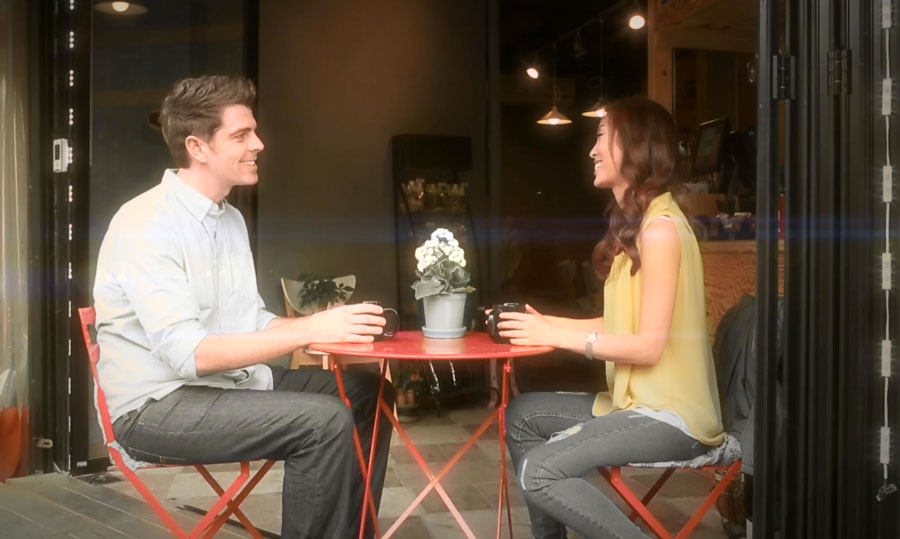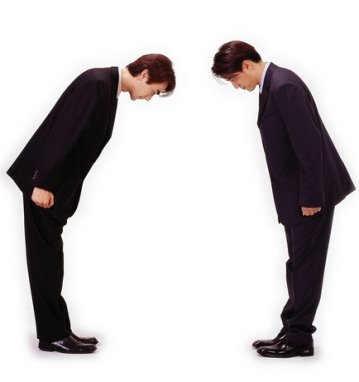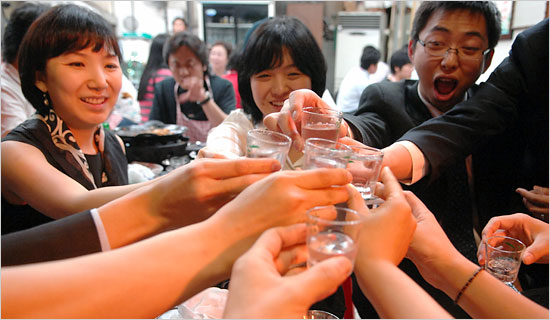Learn How to Speak Korean
Why do people learn a language? There is one reason and one reason only and that is to speak it! This may sounds obvious, but when learning Korean, your focus should be on learning how to speak Korean!
If you’ve ever had the feeling of being understood for the first time in a new language, you’ll know just how exciting it can be! Read more for a step by step guide on how to speak Korean below. Let’s get going!
- Learn how to Say Hello in Korean (Video)
- Greetings in Korean: Learn how to Introduce yourself in Korean
- Get to know some Korean Numbers (Video)
- Learn some Basic Korean Words
- Discover Korean Culture
- Learn how to Read and Write Korean (Hangul)
- Practice Speaking Korean
STEP 1: How to Speak Korean – Learn how to say Hello!
There are many different approaches as to how to learn a language. Most start with learning how to read and write as that seems like the obvious place to start. We don’t exactly agree. Reading and writing are both necessary to know, but should come later in your learning. But why?
While it is true that you can learn how to read and write Korean in a matter of hours, how will you know what you are reading if you yet don’t understand any Korean? So why start there?
Instead, your first introduction to the Korean language really should be speaking your first words in Korean.
And of course, the first thing you want to learn how to say is ‘hello in Korean’, as this is the first word you would learn in any language! So let’s do that now, in both the formal and informal way.
We’ll also teach you how to say goodbye in Korean as it’s the same as hello! Watch the video to get started:
STEP 2: How to Speak Korean: Introduce Yourself in Korean
The next thing you’ll want to know as you begin to learn how to speak Korean is how to greet someone. You will therefore need to know how to say ‘It’s nice to meet you’. After that, you’ll need to know how to ask someone their name and then how to tell that person your name.
i) It’s Nice to Meet You in Korean
Watch as Jin teaches you how to say ‘It’s nice to meet you’ in Korean’:
ii) Asking Someone’s Name in Korean
Watch as Jin breaks down the sentence “Ee-leum-ee-mwo-yay-yo” [이름이 뭐예요], which means ‘It’s nice to meet you in Korean’.
Jin will also explain a little about the order in which Korean sentences are formed. This is essentially backwards to how it is done in English. This may sound complicated, but once you know the rules you’ll be able to wrap your head around this concept.
Listen to Jin’s pronunciation, then repeat after her. This will make this sentence really stick in your brain as it’s an important one to know!
iii) Telling Someone Your Name in Korean
In this short clip, Jin will teach you how to introduce yourself by telling someone your name in Korean. She will also break down the way that Korean names work and the order in which they are put in. Which again, is backwards from English.
STEP 3: Learn Some Korean Numbers
In any language, you’ll need to know some numbers to start speaking in fuller sentences as they come up in many parts of conversations.
Think about it: If someone asks your age, you’ll need to give them a number.
If a store clerk asks you how many bags you need, you’ll need a number. And then you’ll need to know even more numbers when the clerk tells you how much the cost of your purchase is!
You will also need to know about Korean money, but we’ll get to that later 🙂
So let’s start with the basics and learn how to count from 1-4 in Korean. We’ll make is easy for you to remember by using some mnemonics:
STEP 4: Learn some Basic Korean Words
While you are learning what you need to introduce yourself, it is a good idea to slowly start learning some Korean vocabulary. This will help in building your overall knowledge of the Korean Language. These words will really help you in your speaking now and in the future, especially if you are able to make them ‘stick’ in your brain.
In our lessons, we use mnemonics to help you remember new words we introduce to you. We also use what is called contextual learning or situated learning, where we teach language around situations that you will find yourself in every day where you will use the language.
Think about learning how to say a simple word like ‘delicious’ in Korean. You can learn this right now: Ma-shi-sa-yo [맛있어요]. To remember this without giving it any context could be a little hard. This is because you are working with new sounds that you most likely have not heard before.
However, if you were taught how to say this in a situation, it would be easier. If you picture yourself at a Korean restaurant saying that something in particular is delicious, it would become more memorable.
For example:
This bibimbob is ma-shi-sa-yo [맛있어요].
This sam-gyup-sal is ma-shi-sa-yo [맛있어요].
This kimbab is ma-shi-sa-yo [맛있어요].
Just by using your new Korean word in context to the situation you are in, you will now be able to actually picture the word ‘delicious’ in that situation the next time you find yourself wanting to use it.
STEP 5: Learn About Korean Culture
Did you know that it is VERY easy to insult a Korean person even by saying hello to them?!
It’s true! Korean culture is all about Confucianism which is based on hierarchy. You therefore adjust the way you speak, act and how you conduct yourself depending on who you are speaking to!
Sound difficult? It’s really not as once you learn how things work, you won’t forget.
Here’s a few Korean cultural tips to get you started:
Korean Culture Tip #1: Adjust your language according to who you are speaking to
If you are speaking with someone who is older than you, you must use the proper form of speech. This is the same for someone who is of a higher status than you as well. If you do not, things could get ugly.
OK, so they might not get ugly, but you will insult the person you are speaking to and will almost certainly be corrected by that person.
It’s just that important and is something that is ingrained in the Korean language and the culture. Look at it like rules – or better yet laws – that cannot be broken.
Korean Culture Tip #2: It is encouraged to ask someone’s age when you first meet them
You would never in a million years ask a woman her age in Western culture. In fact, if you were teaching a Korean person cultural tips in English, you would mention this as a big no no.
However, in Korean, asking age is something that is done all the time and for a very good reason. And that is to determine the hierarchical status of the relationship. If the person is older than you, you’ll have to use the formal way of speaking; if they are younger, you would be permitted to use the informal way of speaking.
Korean Culture Tip #3: Don’t reach out your hand when meeting a Korean person; instead, you need to bow or use two hands.
In Korean culture when you meet someone, you bow instead of shaking hands. This is a way to show respect, namely to your elders. When bowing to someone older than you, you need to make sure to avoid eye contact. Do this while you placing both arms alongside your body.
Koreans do shake hands, especially when meeting someone who is not Korean. In this case, you would need to extend both hands. Then shake with your right hand while either putting your left hand on your arm. You can also place it gently on the arm of the person’s hand you are shaking.
This again, is a sign of respect, as the gesture of simply reaching out your hand would have the opposite effect.
Korean Culture Tip #4: Don’t assume you can call a person by their first name after meeting them
Let’s say you meet a nice Korean man by the name of Kim Hyun Soo. Kim, would be their family name, while Hyun Soo would be their given name. This again, is the reverse order in which names are in English.
In English, you would then say, ‘It’s nice to meet you, Hyun Soo’. However, it can never be assumed that you would call someone by their first name as this would be too personal this early in the relationship.
Instead, you would then say, “It’s nice to meet you, Kim Hyun Soo-shi or Kim Hyun Soo nim. This essentially translates to Mr. Hyun Soo Kim. While this may sound too formal, this is the way things are done until stated otherwise.
If Mr. Kim was to then say, ‘Let’s drop the language’, that would then allow you to speak more freely in the friendly or informal way of speaking Korean.
However, if Mr. Kim is older than you, you would still need to refer to him with respect. You would do this by calling him Hyun Soo ‘hyung’, which means ‘older brother’ (when being said by a man). Alternatively you could call him Kim Hyun Soo ‘nim’, which again is like saying mister.
If Mr. Kim is younger than you, you would then be able to call him Hyun Soo.
Sounds complicated, we know, but once these rules are learned they are not easily forgotten.
Korean Culture Tip #5: Don’t drink or eat first when at a table with someone who is older than you.
If you are eating dinner with a Korean person who is your senior, in age or in business, you need to follow the rules of Korean etiquette! Otherwise things will not go so well for you!
The first rule is not to pick up your fork, spoon or chopsticks and start eating until the eldest person at the table ‘gives you the go-ahead’. They do this by starting to eat themselves. At that time, and only at that time, is it permissible for you to start eating. This is showing respect and is something you must do.
For drinking – and we’re referring to alcohol here – you also must not touch your glass until the eldest person at the table first pours your drink. You then must wait for them to drinks their drink. At that time, you can go ahead and take a sip or drink a shot of Soju, if that is what you are being told to do.
If Soju is on the table, the eldest person will pick up the bottle and reach out to you; at this time you pick up your Soju cup (with two hands!) and extend that to be filled. Once it has been filled, then pick up the bottle of Soju and reach out (with two hands!!) and fill their cup.
At that time, you will be prompted to drink when your host raises their glass to cheers you.
The good news is that after following all of these rules, another rule will come into play at the end of the meal and that is that the eldest person is the one who always pays! 🙂
Korean Culture Tip #6: Don’t blow your nose at the table when eating.
While in Korea, you will see many things that you may deem as ‘odd’ such as rolls of toilet paper always being on tables at Korean restaurants, you also have to realize what is odd or unacceptable to Koreans. Put simply: blowing your nose at a table while eating is a faux pas in Korea.
Blowing your nose at a dinner table in Korea is seen as rude behavior, so just don’t do it. If you feel the need to blow your nose, it’s best to excuse yourself from the table and go to the bathroom. We know that this doesn’t make much sense as the roll of toilet paper is right there in front of you! 🙂
Korean Culture Tip #7: Don’t wear your shoes in a Korean person’s house
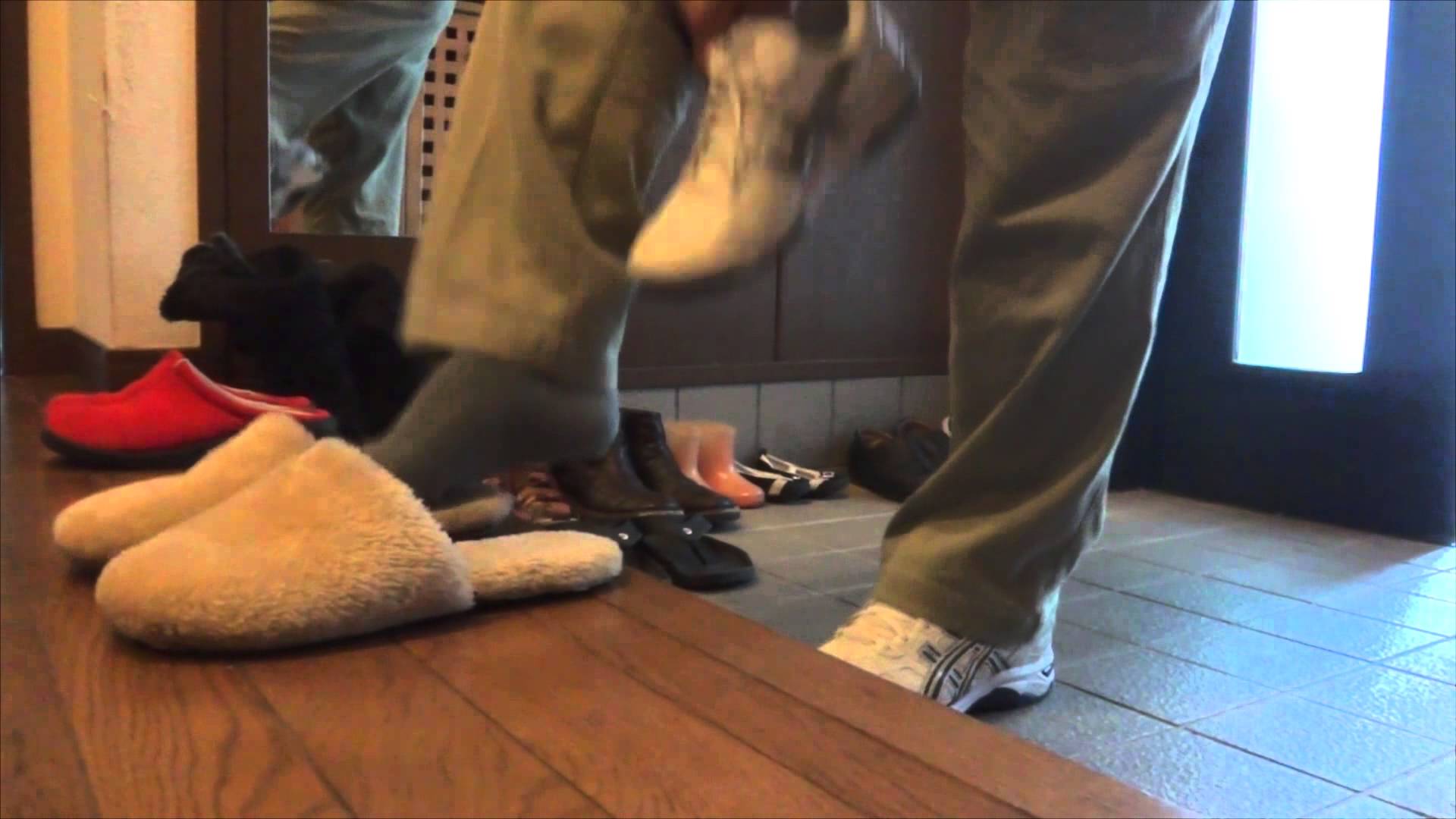
You don’t need to bother to ask the home owner ‘is this a shoes-on house or a shoes-off house?” as you might in some Western countries. Instead, a hard and fast rule that you can depend on is that you absolutely must remove your shoes as this isn’t so much a preference but rather just how things are done.
But why such a big deal to remove your shoes? Well, there are three main reasons:
Reason #1: Koreans sit on the floor
Even though many Korean apartments have couches, they are used more to lean against while sitting on the floor rather than to actually sit on. Put simply, Koreans are more comfortable sitting on the floor. As this is the case, the floor is best to be clean rather than soiled by whatever would otherwise be dragged in on the bottom of your shoes.
Reason #2: Koreans eat while sitting on the floor
With Koreans being comfortable sitting on the floor, it’s also natural for them to eat while sitting on the floor. To be clear, Koreans do not eat off the floor, but rather on little tables called ‘floor tables’. So here again is another reason why the floor in a Korean apartment should be clean.
Reason #3: Koreans sleep on the floor
Koreans generally sleep on what is called a ‘yo’, which is a thick mat that is laid out on the floor. Generally, the yo is put away during the day and brought out at night for sleep. This allows more usable room in apartments that are usually quite small.
So, to put the ‘taking off your shoes in a Korean apartment’ into context: Would you want someone to come in from the outside with their dirty shoes, walking on your couch, then your kitchen table and then your bed? Likely not.
So the next time you are about to ask if you need to take your shoes off when entering a Korean person’s house, save your breath! 🙂
STEP 6: Learn to Read and Write Korean
As stated above, the fastest way to learn how to speak Korean is by – duh – learning how to speak it, not write it!
With that being said, once you learn the fundamentals of how the Korean language works, you should learn how to read and write Hangul. It is not only easy to learn, but will also benefit your Korean pronunciation as a whole.
NOTE: In the Level 1 Basic Korean lessons, we use Romanized Korean subtitles instead of using Hangul. The reason is to give you a simple visual guide to refer to as our teacher Jin is teaching you. This is helpful as she shows you the ins and outs of how to speak your first Korean words and sentences.
In the Intermediate Level, only Hangul is used for the subtitles as you will learn Hangul Level.
STEP 7: Practice Speaking Korean
This may be the step that requires a little bit of effort. But it will be worth it when you are speaking in full, beautiful, Korean sentences!
You may be thinking to yourself: “If I don’t know how to speak Korean, how will I practice and who will I practice with?”. In this section, we’ll give you some tips to get you started:
Tip #1: Practice speaking Korean out loud while following along with our video lessons:
In these lessons, your teacher Jin will have you repeat and practice along with her. This is important as you will be able to learn the proper pronunciation of the words you are learning. Anything you learn in one lesson, you will see again in future lessons. But, you can always go back at any time to practice any lesson until you feel you ‘own it’.
Tip #2: Practice speaking at a Korean restaurant or a Korean store
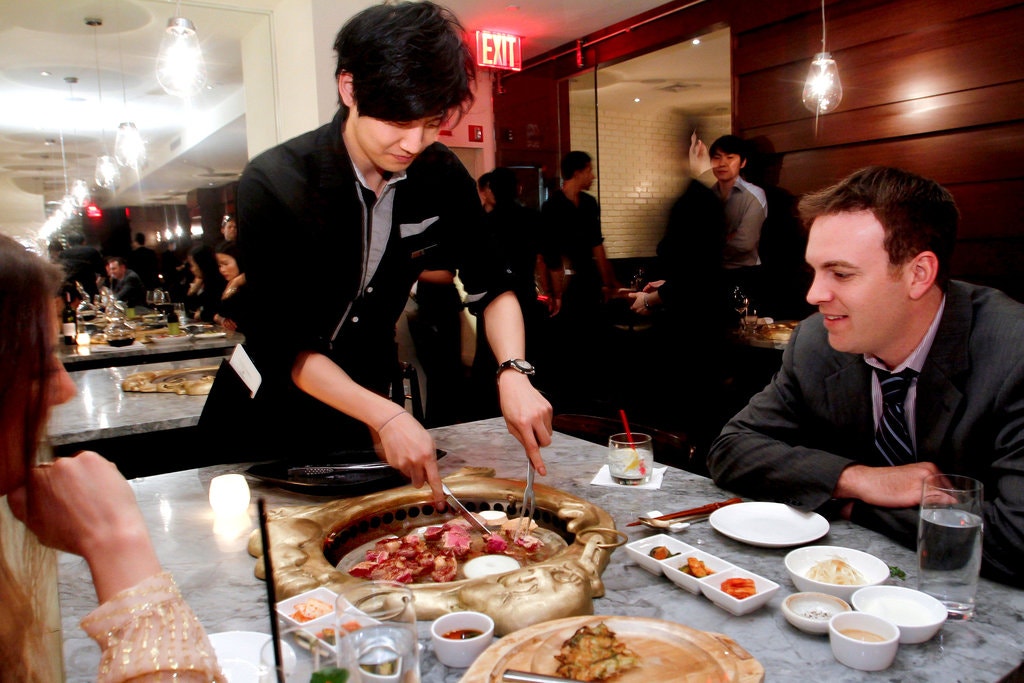
Here’s the awesome thing about speaking Korean to a Korean person: No matter how bad or good your Korean is, they will LOVE you for trying!
If you went to France and tried to speak broken French to a clerk, they would likely not be very impressed. This is simply because you didn’t properly speak their language. They may even be slightly insulted.
However, if you were to say even one word in Korean to a Korean waiter or cashier, they would love you! They would likely first smile and then respond or even (politely) correct you.
The feeling that you get when you are understood for the first time in your new language serves as great motivation to continue learning how to speak Korean!
Tip #3: Watch Korean TV Shows (K Dramas)
Listening to Korean people speak is extremely helpful as you start to learn. Of course you won’t understand much of what you are listening to when watching these shows! It’s therefore a good idea to throw on the English subtitles to guide you along.
You will soon learn that you can use certain words that will essentially translate to a whole sentence in English.
For example you might see an English subtitle read: “I think it’s time for you to leave!”, but the woman on the show only yells out one word, ‘Ga!’ [가], which means ‘go’.
Tip #3: Listen to Korean Music (K Pop)
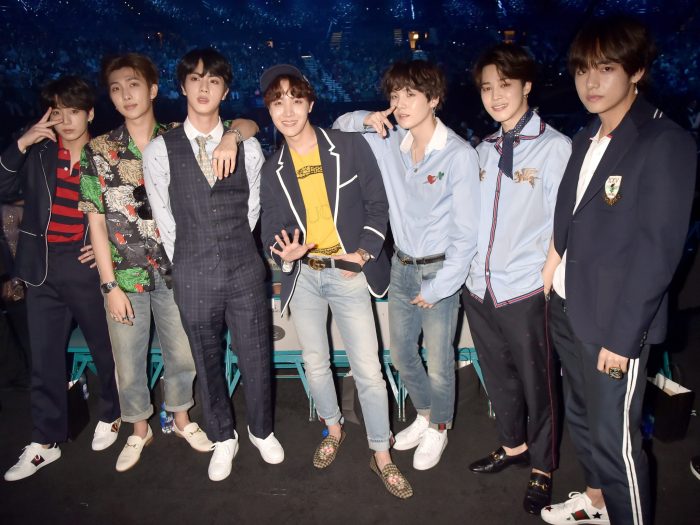 Another great and enjoyable way to expose yourself to the sounds of the Korean language is to listen to Korean music. If you have not yet heard of K Pop you must be living under a rock! So we won’t go into what K Pop is as you are likely already very aware. 🙂
Another great and enjoyable way to expose yourself to the sounds of the Korean language is to listen to Korean music. If you have not yet heard of K Pop you must be living under a rock! So we won’t go into what K Pop is as you are likely already very aware. 🙂
Listening to K Pop or other Korean music gets you used to the sounds and nuances of the Korean language, so it is helpful to your learning, even though it may not feel like that when you are trying to decipher what your K Pop idols like BTS are saying.
Tip #4: Live in Korea to learn how to speak in Korean
This one may be hard for many to do. However, if it is possible, it’s the best way you will learn how to start speaking Korean. Perhaps you can take a short trip to Korea or, if you have a university degree, you may want to consider teaching English in Korea in either or these cases, you would find yourself having to speak Korean on a daily basis, being surrounded by Korean people who likely don’t speak much or any English.
So there you have it! All of what you need to get started on your journey of how to speak Korean. How can we help in your language-learning-journey? Leave us comments in the section below!


